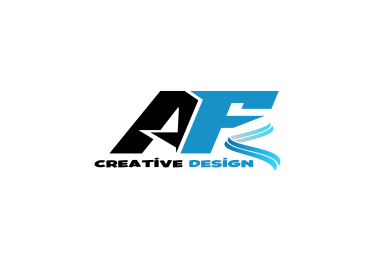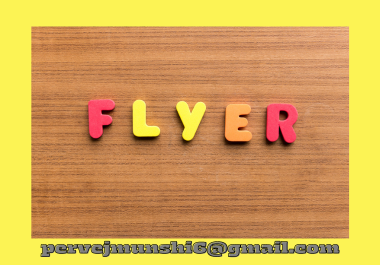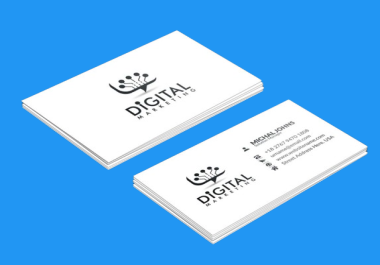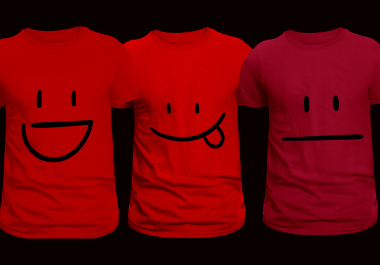Service
Your Brand: Professional Logo Design"

Chapter 1: T-Shirt Logo DesignT-shirt logo design is a powerful way to express ideas, promote brands, and connect with audiences. A well-designed T-shirt logo can transform a simple piece of clothing into a statement.Understanding the Basics:The foundation of a great T-shirt logo lies in understanding the audience and purpose. Whether it’s for a sports team, a company event, or a personal project, the design must resonate with its intended wearers.Key Elements:
- Simplicity: A T-shirt logo should be easily recognizable and not overly complicated.
- Scalability: The design must look good both in small and large sizes.
- Color Considerations: Choose colors that stand out and complement the fabric of the T-shirt.
- Typography: If text is included, it should be legible and align with the design’s tone.
- Research: Understand the market and gather inspiration.
- Sketching: Start with rough sketches to brainstorm ideas.
- Digital Design: Use software like Adobe Illustrator to create a vector version of the logo.
- Feedback: Gather input from others and make necessary revisions.
- Finalization: Prepare the design for printing, ensuring all details are perfect.
- Simplicity: Focus on the essential elements that convey the brand message.
- Clarity: Ensure the logo is clear and easily understood.
- Versatility: The design should work well in various contexts, from business cards to billboards.
- Timelessness: Avoid trends that may quickly become outdated.
- Conceptualization: Begin with a strong idea that encapsulates the brand’s essence.
- Design Elements: Use geometric shapes and clean lines to create the logo.
- Color Palette: Stick to one or two colors to maintain simplicity.
- Typography: Choose a simple, clean font if text is included.
- Iteration: Refine the design through multiple iterations, focusing on reducing unnecessary elements.
- Font Choice: Select a font that reflects the brand’s personality.
- Kerning: Adjust the spacing between letters for optimal readability.
- Alignment: Ensure the text is aligned in a way that enhances the overall design.
- Color: Use color to highlight and differentiate parts of the text.
- Brand Analysis: Understand the brand’s values and message.
- Font Exploration: Experiment with different fonts and styles.
- Customization: Modify the font if necessary to create a unique look.
- Composition: Arrange the text in a balanced and aesthetically pleasing manner.
- Final Touches: Add colors and finalize the design for various uses.
- Headline: A catchy headline to draw attention.
- Visuals: Use images or graphics to make the flyer visually appealing.
- Information: Provide clear and concise information about the event or offer.
- Call to Action: Encourage the reader to take a specific action, such as visiting a website or attending an event.
- Balance: Ensure a good balance between text and images.
- Hierarchy: Use size, color, and placement to create a visual hierarchy.
- Readability: Choose legible fonts and avoid clutter.
- Color Scheme: Use colors that align with the brand and catch the eye.
- Visual Impact: Posters should have strong visuals to attract attention from a distance.
- Message: Clearly convey the intended message or information.
- Design Composition: Arrange elements in a balanced and visually appealing way.
- Objective: Define the purpose of the poster.
- Concept: Develop a concept that aligns with the objective.
- Layout: Sketch the layout, focusing on the arrangement of text and visuals.
- Digital Design: Create the poster using design software.
- Review: Get feedback and make necessary adjustments.
- Logo: The visual cornerstone of the brand.
- Color Palette: A set of colors that represent the brand.
- Typography: Consistent fonts used across all materials.
- Voice and Tone: The style of communication used by the brand.
- Research: Understand the market, competitors, and target audience.
- Identity Development: Create a logo, choose colors, and define typography.
- Brand Guidelines: Develop guidelines to ensure consistency across all materials.
- Implementation: Apply the branding to all touchpoints, from websites to packaging.
- Logo: Include the company logo prominently.
- Contact Information: Provide essential contact details.
- Design: Ensure the design is clean and professional.
- Simplicity: Keep the design simple and uncluttered.
- Readability: Use legible fonts and sizes.
- Brand Consistency: Ensure the design aligns with the brand’s identity.
- Quality: Use high-quality materials for printing.
Buy this service in two easy steps
Order Now $10



